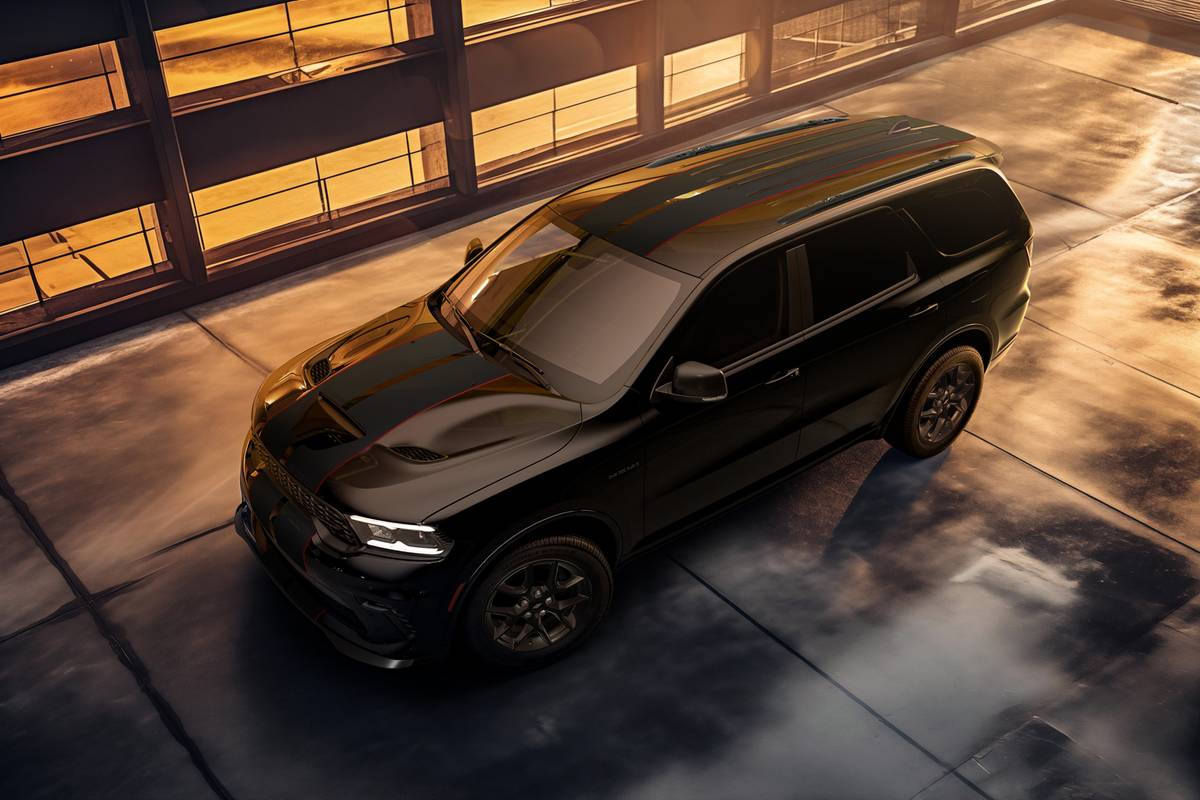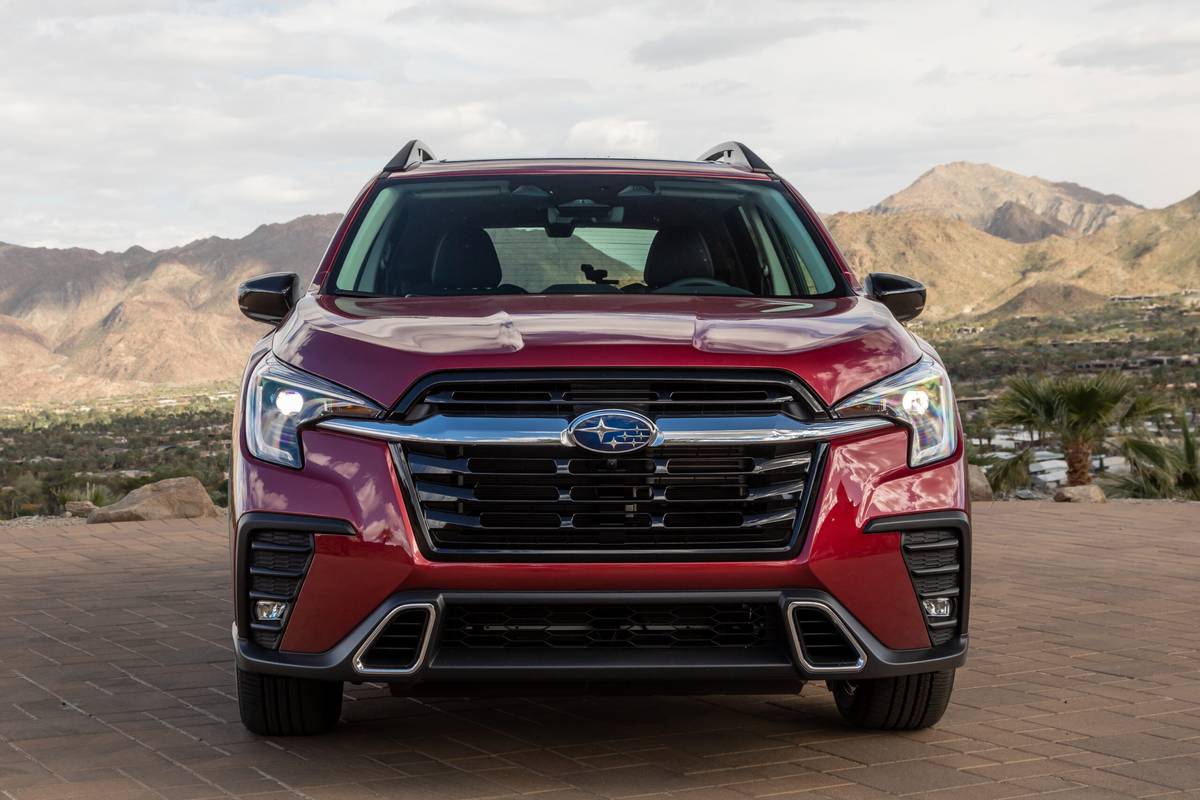Star-Telegram.com's view
In just its second year on the market, Honda has given its gasoline-electric Accord hybrid a minor makeover, part of which was designed to help differentiate the hybrid model from the regular gasoline-powered Accords, the automaker says.
The car also comes with a $1,035 increase in price. Honda announced this past week that prices now begin at $31,540 (including freight), up from $30,505 for the 2005 model. That’s for the base model that does not include the navigation system.
With the satellite-based navigation system, the new price is $32,840 (including freight). That’s an increase of just $335 from the navigation-equipped 2005 model, reflecting a decrease in the price of the nav system. Where factory installed navigation systems throughout the industry had been running about $2,000, some are now coming down in price as the technology is more accepted by consumers and production volumes rise. As with most consumer electronics, prices fall as the technology matures.
Honda calls the exterior changes part of an “extensive facelift” that also includes regular Accord models. But beyond the aesthetic tweaks, other changes include “a host of new features and enhancements,” the company said.
Among them are a better emissions rating, a temporary spare tire, a new vehicle stability control system, revised interior styling, and a power moon roof.
Under Honda’s corporate policy of limiting factory options on most of its vehicles, these additions — including the moon roof — are standard equipment. No optional factory equipment is offered on the hybrid beyond the upgrade to the navigation system. As for the hybrid setup, Honda says the 2006 Accord uses the automaker’s third-generation Integrated Motor Assist system, along with a cylinder-deactivation system that cuts out half of the V-6 gasoline engine’s cylinders during level highway cruising to help boost highway fuel economy. The deactivation system isn’t limited to the hybrid model, however; Honda introduced it on the Odyssey minivan when that vehicle was redesigned for 2004.
The hybrid model comes with a 3.0-liter V-6 engine and an electric motor that is used to boost power during acceleration, allowing Honda to give consumers the fuel-efficiency of a four-cylinder Accord but with the feeling of standard V-6 power.
With the electric motor’s boost, the 2006 model is rated at 253 horsepower — nine more than that of the V-6 engine in the regular Accord and 87 more horsepower in the four-cylinder model. It has EPA ratings of 25 miles per gallon in the city and 34 mpg on the highway, Honda says, which is close to the regular four-cylinder model’s 26 city/34 highway.
But that’s a decrease from the EPA ratings of 29 city/37 highway that Honda advertised for the Accord hybrid last year, and just an improvement of five miles per gallon in combined city/highway driving over the regular V-6 Accord.
With such a small improvement in fuel economy, consumers will find it difficult to recoup the extra cost of the hybrid model at the gas pumps. The regular V-6 Accord EX model with leather interior and other amenities comparable to those of the base hybrid model lists for $27,850 (including freight). That gives the hybrid model a price premium of $3,690 over that of a comparable V-6 gasoline model.
Calling the hybrid “the most powerful” Accord ever, Honda seems to be marketing the hybrid more as a higher-performance variant of the Accord than as a vehicle designed to save significant amounts of fuel.
That strategy has brought the company some criticism. In California, the Accord hybrid doesn’t qualify for an exemption that allows some single-occupant hybrids to use the high-occupancy-vehicle lanes on freeways.
There is no doubt that it comes very well equipped, including the latest in safety features.
Besides the stability control system, the hybrid model has driver and front-passenger side air bags, first- and second-row side-curtain air bags and antilock brakes (ABS). Other standard amenities include — and this is Honda’s own list from a news release about the 2006 hybrid: “leather interior with heated front seats, dual-zone automatic climate control, eight-way power driver’s seat, XM Satellite Radio (includes free activation and three months of free service excluding Alaska and Hawaii) and a six-disc CD changer.” The moon roof, mentioned earlier, is standard on base and navigation-equipped models.
Honda says the exterior changes include a rear spoiler and alloy wheels that are unique to the hybrid. Besides their aesthetic value, if any, these additions were designed to improve the vehicle’s aerodynamics — how easily the air flows over the vehicle as it moves, which can help increase fuel economy.
Other unique features of the hybrid model for 2006 are heated side mirrors with built-in turn signals, as well as a taillight with a clear upper lens. And there are two exterior colors that are exclusive to the hybrid — silver frost metallic and premium white pearl, Honda says.
The hybrid’s prices put it out of reach of most people who are looking for a practical hybrid, though. Toyota’s Prius, which is about the same size (in its current generation), at least inside, begins at $22,000, and even with all of the available options including navigation, the price tops out at about $26,000.
On the plus side, at least for some consumers, the Accord sedan looks like a regular Accord; the Prius is a somewhat odd-looking car that immediately announces that it is different.
But some consumers considering a hybrid want it to look different from an ordinary vehicle so it can be readily identified as a hybrid. It’s a way of making a public statement that the vehicle’s operator is more environmentally conscious than the rest of us.
The Accord hybrid was the second mainstream hybrid sedan on the market. But Toyota will bring a Camry hybrid to market later this year, and Nissan has an Altima hybrid on the way as well.
Getting any of the hybrids that are now on the market — including two SUVs from Ford Motor Co. and two from Toyota/Lexus — can be a daunting task. There are waiting lists for all of them.
Toyota dealers have been struggling with waiting lists for the Prius hybrid since the second generation car was introduced for 2004. Initially, the company planned to bring 30,000 to the United States during calendar year 2004, but raised production twice during the year to bring the total to 50,000. Still, that wasn’t close to enough to satisfy consumer demand, so Toyota ramped production up for 2005 to make 100,000 available for the U.S. market — but with the big bumps in fuel prices last year, demand for the Prius went up as well, and waiting lists continue. It can take up to six months to get one.
Hybrids use a combination of gasoline engines and electric motors to provide power to their drive wheels, with the electric motors run by a nickel metal hydride battery pack that costs about $5,000 per vehicle. Those packs are in short supply, which is what limits the number of hybrids the automakers can provide to dealers.
G. Chambers Williams III is staff automotive columnist for the San Antonio Express-News and former transportation writer for the Star-Telegram. His automotive columns have appeared regularly in the Star-Telegram since 1995. Contact him at (210) 250-3236; chambers@star-telegram.com.
Latest news



